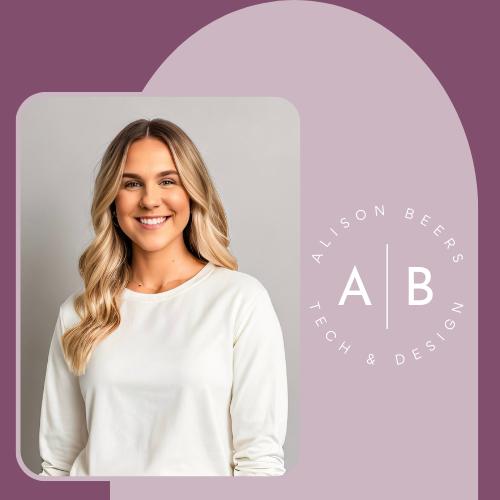Reflection & Synthesis
Read below to explore my portfolio summary, program reflection, and program synthesis.


Portfolio Summary
This portfolio includes artifacts designed and developed through the M.Ed. Learning Design and Technologies program at The University of South Carolina. Artifacts were chosen to purposefully demonstrate novice work examples and more advanced work examples. The artifacts include the final product as well as an annotation of the work completed.

Self Evaluation & Reflection
Throughout the M.Ed. Learning Design and Technologies program, I have grown as an educator, an instructional designer, and an instructional developer. My lessons learned can be compressed into four main categories: web design/development, data collection/analysis/evaluation, research, and accessibility.
In the area of web design/development, projects such as a podcast, a vodcast, multiple websites, and multiple e-learning modules were completed. In addition, knowledge in the design process was gained through completing multiple design documentation reports, learning how to create storyboards, wireframes, and style guides. Design best practices were also learned and applied such as: focusing on appropriate contrast/colors, appropriate layout of information/graphics, appropriate chunking of content based on cognitive load theories, and understanding the importance of font/size and header/organizational decisions. When I review more novice work it is apparent that many of these lessons were not yet learned. Many aspects of design documentation and best practices were not considered. For example, when reviewing my multi-media project website, I would now make difference choices of font, colors, sizing, and chunking of content. The design documentation for that project was also much more surface level compared to the depth I am able to apply now. When completing my design documentation for my most recent assignment, I was able to apply the MRK model with minimal assistance and a deep understanding of the sections/information needed. At the beginning of the program, in order to complete a similar assignment, I required professor assistance/feedback with each step completed as well as multiple outside resources to ensure my documentation was appropriate. In addition, throughout the program, I have had the opportunity to explore various e-learning module software’s. After building modules within these platforms, I have learned that some platforms are more appropriate for certain types of modules in comparison to others. For example, if I was building an in-depth e-learning course for graduate level students I would choose to use a platform such as CANVAS. However, if I was building a shorter training course for a corporate company, utilizing Articulate 360 may be more appropriate. This is due to the structure of the platforms, the ability to utilize different assessment items, the ability of appropriate navigation/organization, and the ability to share/grant access to others.
In the area of data collection, analysis and evaluation, projects such as a front-end analysis, a summative evaluation report, a formative evaluation plan, and an effectiveness evaluation plan were completed. Throughout this program I have learned the importance of a purposeful and thorough evaluation/evaluation plan. Prior to this program, I did not understand the level of need for various types of evaluations or understand their purposes. When comparing evaluations and evaluation plans conducted at the beginning of the program compared to the end of the program there are a few major differences. These differences mainly surround the data collection instruments used and the questions asks. I now have a much deeper understanding of how to create/develop targeted data collection questions to ensure the objectives and focuses of my evaluations are appropriate. I also have gained a deeper understanding of the levels of Kirkpatrick evaluations and how to ensure the data collection instruments are appropriate per the evaluation’s nature. The area I have grown the most in is independently planning a thorough evaluation based on a topic/situation. When completing my formative evaluation on the e-learning module I created based on the Smith and Ragan ID Model, I was able to understand the processes, data instruments, and information needed. In addition, I had a deeper understanding of why this information was necessary and how to apply the information in order to make appropriate recommendations for improvement of the e-learning module.
The improvements I have made in the area of research can be seen throughout the prior categories as well as within research papers, in-depth evaluations and digital projects. At the beginning of this program my skills in the area of research were quite novice. I was not well prepared in the area of searching and selecting appropriate research articles/books/sites. In addition, I did not have an understanding of how to review/read these sources and utilize the information to support the evaluation I was conducting, paper I was writing or project I was completing. When first presented with the challenge of in-depth research, I was quite overwhelmed and unsure of where to start, or which information should be focused on/neglected. I now have an understanding of various databases to utilize, how to search for focused and specific research, and how to gain insight from research to apply the insight to my work. In addition, I am now able to target information that supports the evaluations I am completing, the design and development choices I am making and information that provides further understanding of topics I may be more novice in. I have also learned how to properly site these sources within my work to ensure all parties are given appropriate credit, and my work is thoroughly supported.
Prior to beginning this program, the material I was most eager to explore was accessibility. My career in education has been spent in special education positions. Within these positions, accessibility for students and appropriate use of assistive technology has become a strong passion of mine. My foundational understanding of disabilities/accessibility and novice understanding of assistive technology allowed me to explore this content on a much deeper level compared to a student with minimal prior understanding. Although I have a background in accessibility, I learned a mass amount of information regarding web and digital accessibility and assistive technology. I gained an understanding of the importance of websites and digital products meeting accessibility standards. Exploring the use of various screen readers such as JAWS, NVDA and VoiceOver, brought a new perspective to the challenges individuals who utilize screen readers face. I also learned how to evaluate websites for accessibility standards and issues, and how to efficiently correct these issues to ensure accessibility for all. One of the most eye-opening topics was the amount of assistive technology that has been created for individuals with disabilities that I was unaware of. Many of these devices I have been able to trial with my current students and they have increased the quality of their access to their education tremendously.
The improvement in my web design/development, data collection/analysis/evaluation, research, and accessibility can be seen through my deliverables. However, it can also be proven through my deeper understanding of the material and my ability to be an asset within conversations and problem-solving conversations with peers, co-workers and professors.